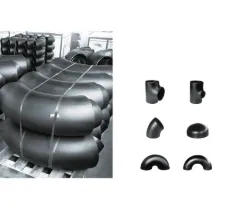

From a construction perspective, the fire-resistant nature of galvanized pipes grants them an additional edge over alternative piping materials such as plastic or copper. The zinc coating does not combust and provides a degree of fireproofing by acting as a barrier to flames, crucial for infrastructures where safety standards are non-negotiable. On the environmental front, galvanized pipes present a sustainable option. They boast a longer life span, significantly reducing the frequency of replacements and subsequent waste generation. Also, at the end of their life cycle, these pipes can be recycled, contributing positively to metal resource conservation efforts. Prospective buyers should, however, consider the potential drawbacks of using galvanized pipes. Over time, the zinc layer can erode, potentially contaminating water supplies with zinc or lead, particularly if the pipes were manufactured before modern standards prohibited lead content. Furthermore, while galvanized pipes are generally rust-resistant, they are not entirely immune to internal buildup, which can gradually impede water flow and pressure. Given these considerations, regular inspection and maintenance of galvanized pipe installations are recommended. Visual inspections can help detect any external rusting or joint weaknesses, while professional water testing ensures that the internal coating remains intact without compromising water safety. Conducting these checks as part of routine maintenance can prevent costly repairs and preserve the quality of the water supply. In conclusion, 3/4 inch galvanized pipes continue to stand out as a preferred choice for a multitude of applications due to their resilience and versatility. Their expert design, combined with the protective zinc layer, results in a product that delivers reliability and longevity. While mindful of their limitations, proper maintenance extends the efficacy of these pipes, ensuring safe and efficient operation in various settings.
Post time: 3 月 . 04, 2025 01:45
Prev:
Next:
















